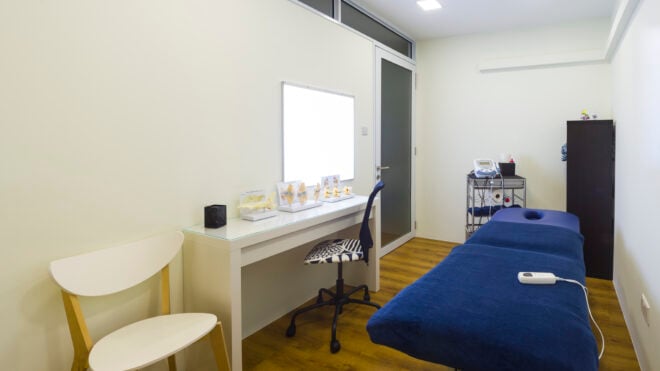Ah, sleep. Most of us don’t get enough of it, but it’s really nice when we do.
Except, for some people, our beds can be the very reason why we aren’t feeling well in the first place — and that’s when sleep can actually be detrimental to our health.
Whether you’re interested in figuring out your personal “sleep personality” or just looking for a better method than counting sheep, it’s a known fact that a restful night means a brighter day.
Did you know there are even benefits to sleeping naked?
That said, if you’re experiencing chronic fatigue, you should always consult your doctor first.
Many symptoms linked to sleepless nights can indicate “anemia, low thyroid function, chronic infection like Lyme disease, autoimmune disease, and chronic fatigue syndrome,” warns My Lyme Disease Treatment.
On a personal level, I can attest to the fact that there may be something lurking in your mattress that you didn't know about. Thankfully, I was able to identify the problem, and now you can, too!
With that in mind, and armed with this handy guide, you’ll be able to get to the heart of the problem and sleep better.
Thumbnail Photo: Wikimedia
Problem #1: Lumpy Mattress
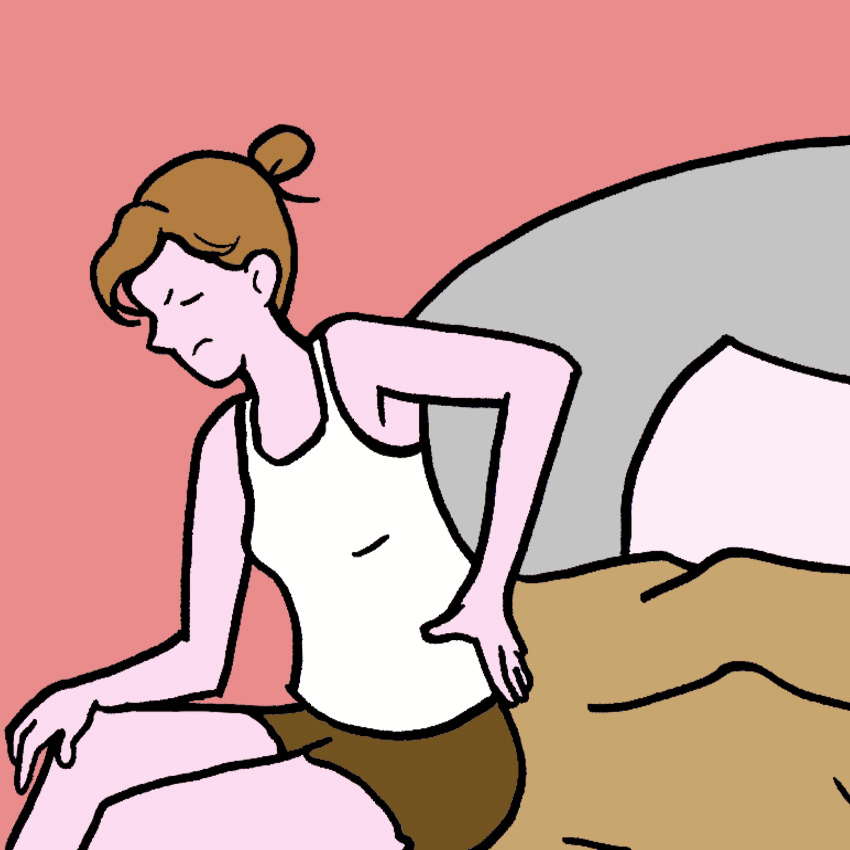
Ah, the dreaded lumpy mattress. Ever wake up with the worst pain in your back? If you're starting your day like this, it will inevitably causes stress not just at night, but when you're awake, too.
You should carefully determine what type of mattress suits your individual needs — whether you’re a light sleeper or a deep sleeper, different beds will cater to your unique needs.
Solution #1: Try A Medium-Firm Mattress
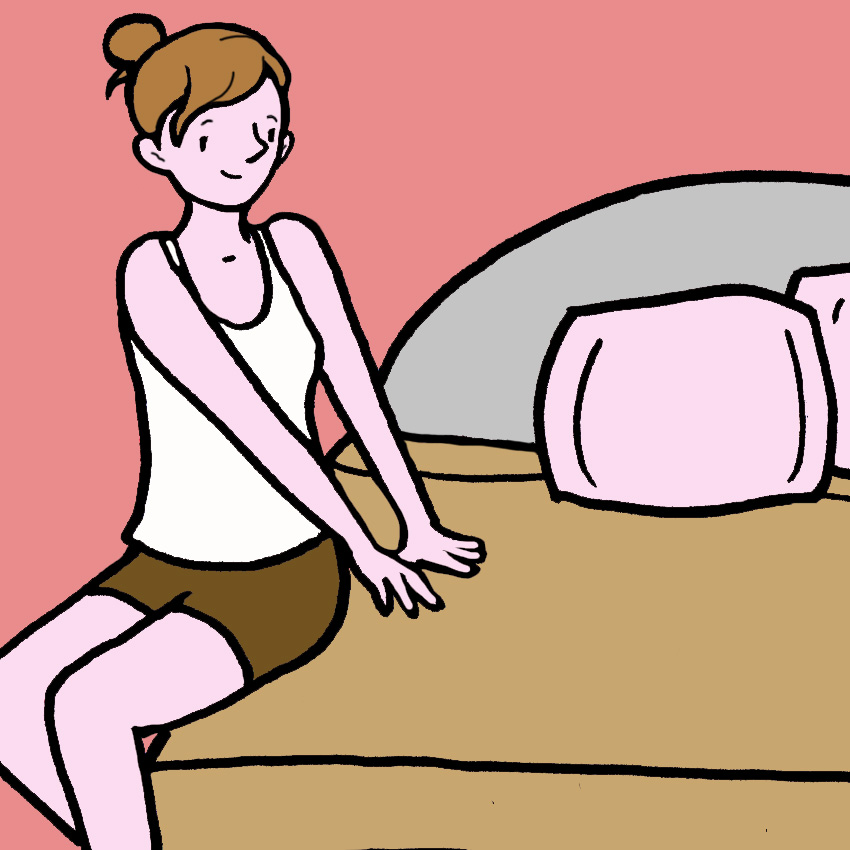
For those in the market for a new bed, the Harvard Medical School had this to say: “According to one study conducted on 313 patients suffering from lower back pain, those with the medium-firm mattresses reported less pain when lying in bed as well as less pain-related disability compared with those with the firm mattresses.”
Softness doesn't always mean comfort! I used to sleep on a feather bed for years before I got myself a firm foam topper, and I've never had a more restful night.
Problem #2: Pet Dander
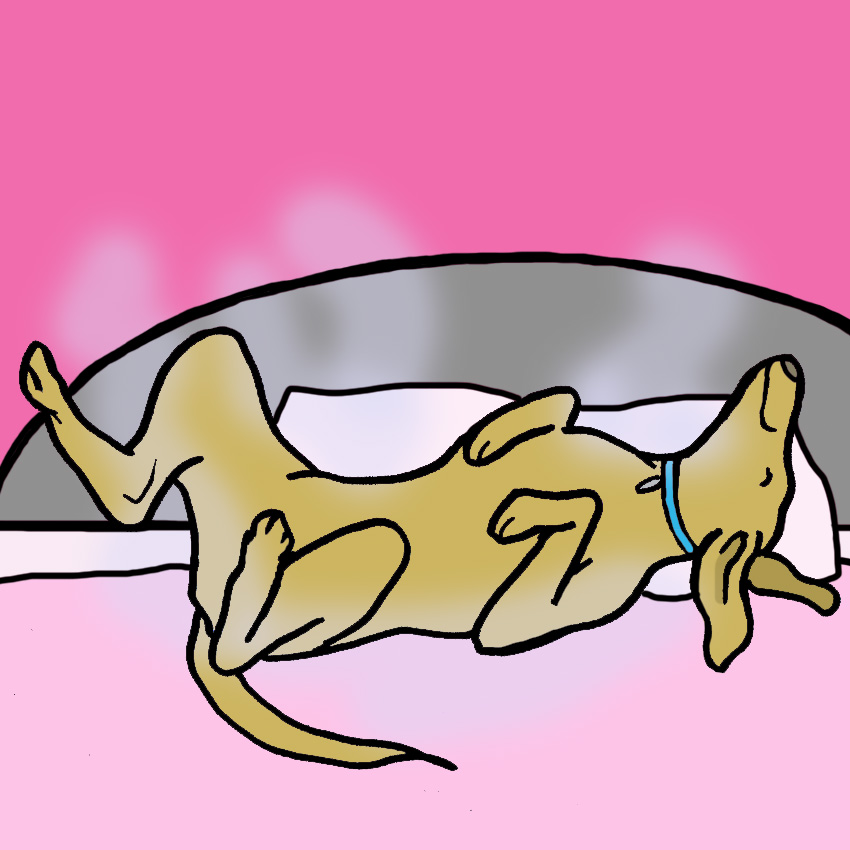
Does your furry friend sleep in the bed with you? I know, I know! I do this with my dog, too. But sadly, it doesn’t matter how long your pet has cuddled up with you during a Netflix binge. If they’ve been on the bed at all? Their residue is already there to stay.
Studies show that this may lead to allergic reactions, particularly because pet dander can collect — and sit — on your bed for a very long time.
Solution #2: Restrict Bed Partners
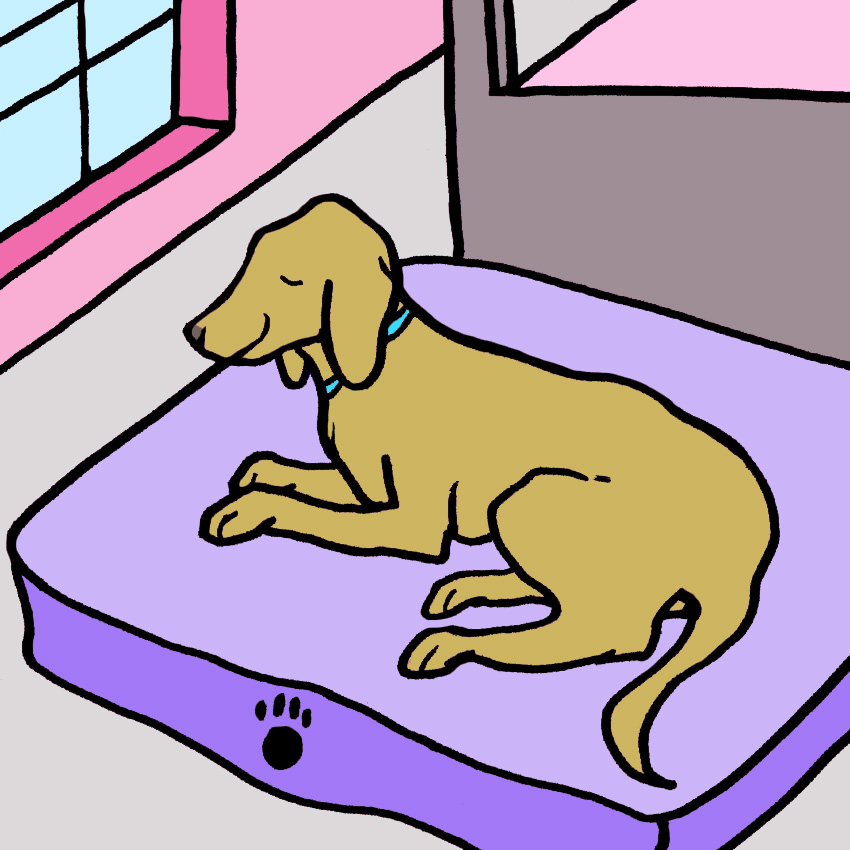
The Asthma And Allergy Foundation (AAFA) suggests that you should be vigilant when it comes to your private space. “Remove your pet from the bedroom. You spend from one-third to one-half of your time there. Keep the bedroom door closed and clean the bedroom aggressively. You might consider using a HEPA air cleaner in your bedroom.”
Though the idea of not sleeping with their pet may be hard for some pet parents to accept, providing your furry companion with a nice cozy bed of their own can help with the transition!
Problem #3: Dust Mites
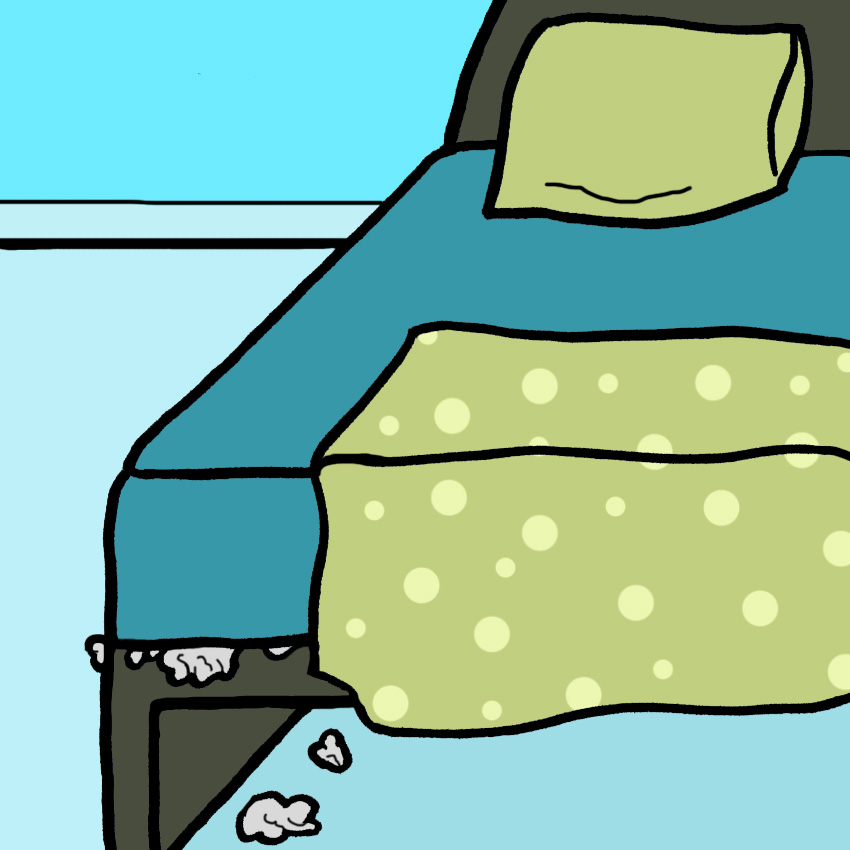
And now for the really yucky part. Personally, I don't like thinking about what kind of stuff I leave behind on my bed, but that could cause some serious problems.
WebMD says, “Each adult person sheds about one and a half grams of skin every day,” and that’s unfortunately a feast for dust mites, who love to eat what we leave behind. “Mattresses, pillows, and soft bedding are favorite hangouts.” Ew!
Solution #3: Clean Your Sheets

If you wake up every morning with watery or red eyes, a runny or itchy nose, or even a skin rash, you may have a dust mite problem.
Wash your sheets and pillow cases once a week, or better yet, have plenty of spares on hand to change out. Soap is almost always the best defense! I know it's easy to forget to clean your sheets for a while, but having an extra set on hand definitely helped me stay on top of it.
Problem #4: Bacteria
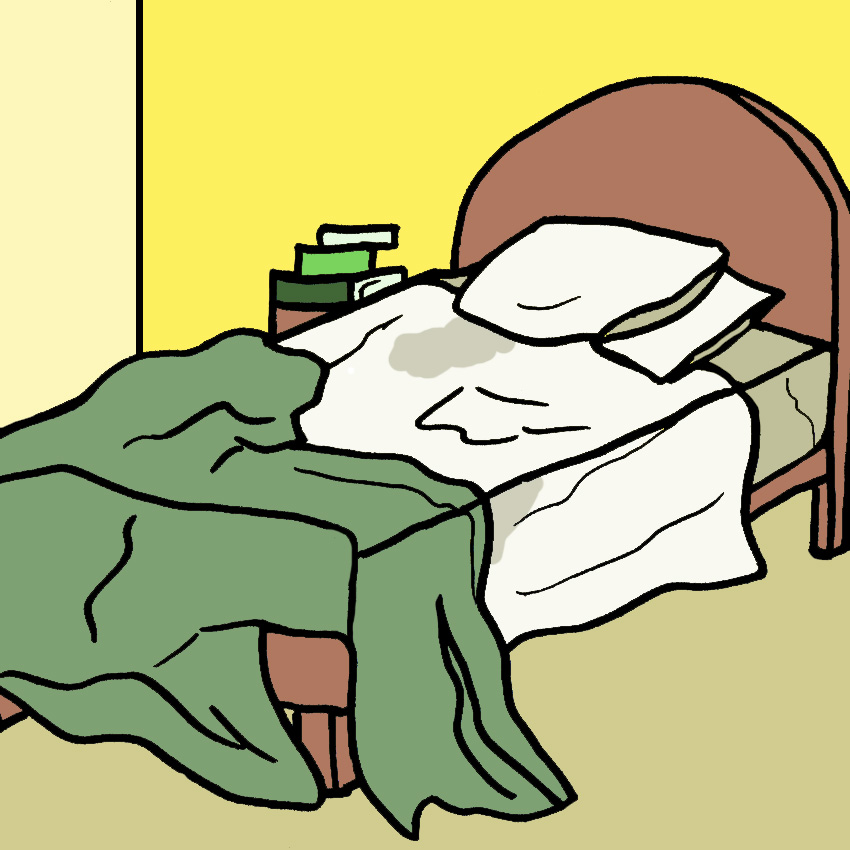
Air quality can play a major role in the cleanliness of your bedroom. And if it isn’t clean? You might be facing a bacteria or mold problem.
By checking your mattress for dark spots and stains, you can prevent poor health down the line. Though it may take some work, it is possible to get rid of already existing mold on your own — and you only need a few household items on hand!
Solution #4: Vacuum Your Mattress
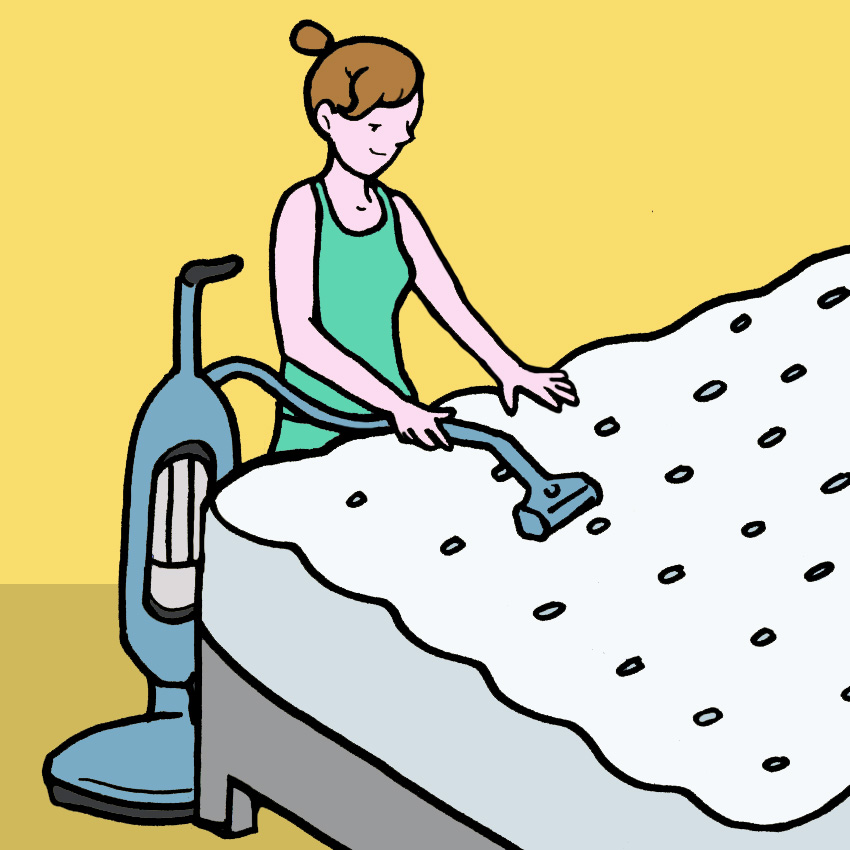
European Bedding shows us how to remove mold — and keep it removed — in only a few simple steps. They advise: “It is a lot of work to remove mold from a mattress, but it has to be done otherwise it will only spread further. Therefore, after removing mold from your mattress, you should immediately take steps to prevent this problem from recurring.”
I don't know about you, but I found out I was highly allergic to mold when it had secretly built up in my mattress. No amount of cleaning the sheets did the trick — my bed needed a serious shake-down, and yours might, too!
Problem #5: Chemicals

“The Consumer Product Safety Commission began to require that all mattresses sold in the United States be able to withstand 30 minutes of exposure to an open flame,” states Mother Jones, but those fire-proofing chemicals may in fact be hazardous to your health.
While there is no telling whether exposure to these materials is harmful to humans as of yet, erring on the side of caution may protect you and your family from illness. If you're waking up with red, puffy eyes every morning? Chances are good that it's due to those nasty chemicals.
Solution #5: Go Green

Many people are going green with their mattress purchases now. According to Mother Jones, “more and more consumers are seeking out mattresses made of natural latex, organic cotton batting, and organic wool.”
While it can be pretty expensive to buy something new, a little research into mattress brands can go a long way. And when you find the perfect bed? It's going to reward you with a restful, perfect night's sleep.
Please SHARE this important information with your friends and family!


